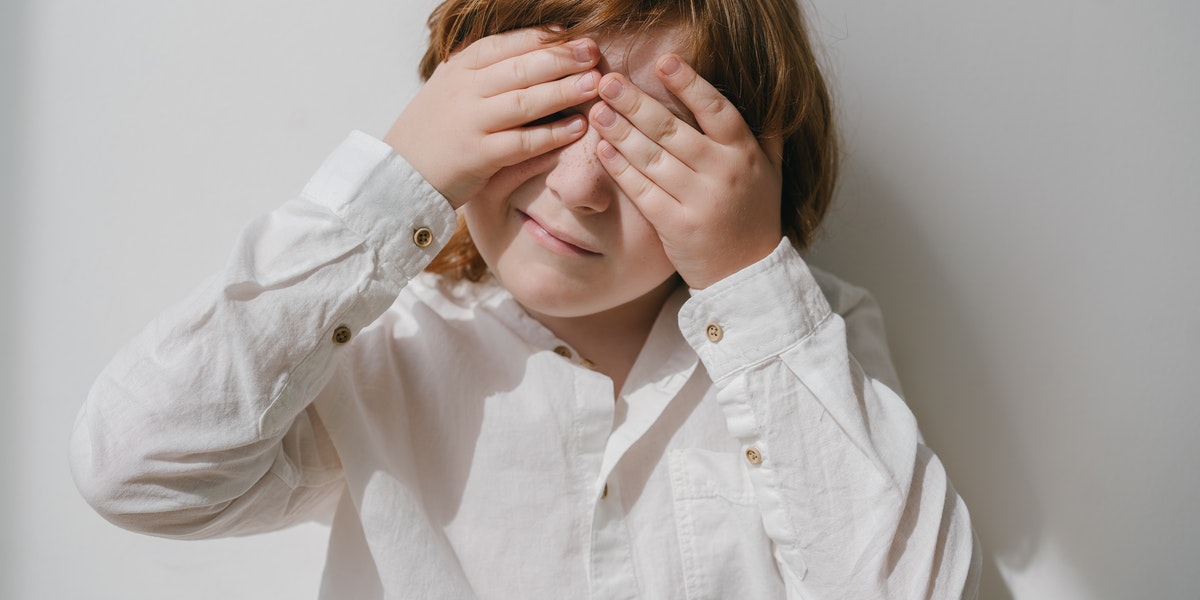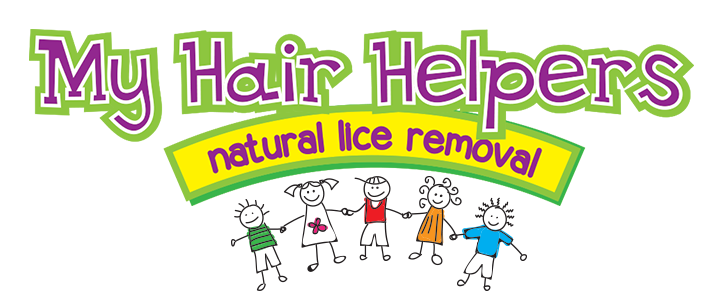Head lice are tiny parasitic insects that live close to the scalp and feed on human blood. While the first sign for most people is an itchy head, this symptom doesn’t come until about 4-6 weeks from the start of the infestation. This means that by the time you notice that you or your child may have lice, the infestation is already long gone.
Does it really matter how long you’ve had lice once you find out about them? Maybe. Knowing how long you’ve had lice indicates how difficult of a time you will have getting rid of them. If it’s just nits, you can remove them by hand using a stainless steel lice comb. A longer infestation means you’ll need a stronger treatment.
Let’s cover some of the ways you can calculate how long you or your child has had head lice.
Symptoms
Usually, you won’t notice any symptoms until the itching begins, which typically happens 4-6 weeks after lice exposure. This is the case because it takes time for lice to multiply and cause symptoms of itchiness. The reason why you itch is because the body becomes sensitized to the saliva that releases when the lice feed.
Some of the other symptoms of lice may include a tickling feeling in the hair, sores on the scalp, neck and shoulders and trouble sleeping. Not everyone has symptoms, however, so it may take a trained eye to make the diagnosis.
Appearance
If you or your child is experiencing an itchy scalp, the first thing you’ll want to do is look for lice. If you’re not sure what a lice infestation looks like, we recommend scheduling an appointment with a head lice salon like My Hair Helpers. If anyone in the family does turn up positive, the treatment can be delivered at the same time.
Of course, you can choose to look on your own. It’s a great skill to learn, especially with young kids. Here are a few tips to help you find lice:
- Gather your supplies. Use a fine-toothed lice comb, magnifying glass, paper towels and flashlight (or well-lit room).
- Comb through the hair. Start at the base of the scalp and gently comb through to remove any residue.
- Inspect any residue that comes off the comb. Dandruff or hair spray droplets come off easily. Lice and nits do not.
- Place the residue on a paper towel. Lice are small and can be white, brown or dark gray. Nits are tan or brown.
Infestation Timeline
If you do find head lice activity, how can you tell how long you’ve had the infestation? Here’s a timeline to follow:
- Few nits – less than 2 weeks. When an adult louse climbs onto the head, it can lay 6-10 eggs a day which hatch in about 9 days. If there are no adult lice and several small nits, it’s likely that you caught the infestation early enough.
- Nits and nymphs – 1.5 to 2 weeks. If you see nits and small lice moving around, you’ve probably only had them for a couple of weeks. They haven’t had the chance to turn into adult lice yet.
- Nits, nymphs and adults – 2+ weeks. A mixture of different lice sizes means you have an infestation. If you’re showing symptoms, it’s probably been longer than 2 weeks.
- Nits more than ¼ from the scalp – old infestation. Once you have treated the lice, the remnants move down the scalp. Finding them in hair this low probably means they’re inactive.
Finding out you have lice is definitely unsettling, but let us assure you that there are safe, effective ways to treat lice. My Hair Helpers has a full line of safe, nontoxic head lice treatments that are safe for all ages. You can order our products on Amazon or through our website, or you can schedule an appointment. Either way, we’ve got your back!


